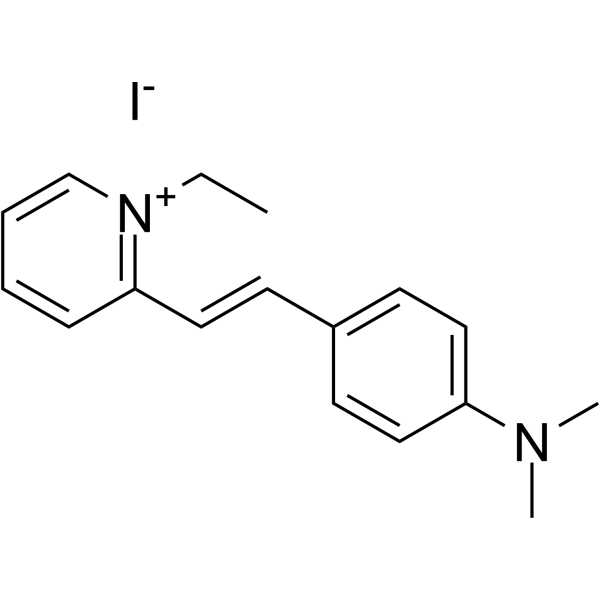Transient hyperpolarization of yeast by glucose and ethanol.
J B van de Mortel, D Mulders, H Korthout, A P Theuvenet, G W Borst-Pauwels
Index: Biochim. Biophys. Acta 936(3) , 421-8, (1988)
Full Text: HTML
Abstract
At pH 7, addition of glucose under anaerobic conditions to a suspension of the yeast Saccharomyces cerevisiae causes both a transient hyperpolarization and a transient net efflux of K+ from the cells. Hyperpolarization shows a peak at about 3 min and a net K+ efflux at 4-5 min. An additional transient hyperpolarization and net K+ efflux are found after 60-80 and 100 min, respectively. Addition of 2-deoxyglucose instead of glucose does not lead to hyperpolarization of the cells or K+ efflux. At low pH, neither transient hyperpolarization nor a transient K+ efflux are found. With ethanol as substrate and applying aerobic conditions, both a transient hyperpolarization and a transient K+ efflux are found at pH 7. The fluorescent probe 2-(dimethylaminostyryl)-1-ethylpyridinium appears to be useful for probing changes in the membrane potential of S. cerevisiae. It is hypothesized that the hyperpolarization of the cells is due to opening of K+ channels in the plasma membrane. Accordingly, the hyperpolarization of the cells at pH 7 is almost completely abolished by 1.25 mM K+, whereas the same amount of Na+ does not reduce the hyperpolarization.
Related Compounds
| Structure | Name/CAS No. | Molecular Formula | Articles |
|---|---|---|---|
 |
2-(4-dimethylaminostyryl)-1-ethylpyridinium iodide
CAS:3785-01-1 |
C17H21IN2 |
|
In silico activity profiling reveals the mechanism of action...
2008-07-01 [Proc. Natl. Acad. Sci. U. S. A. 105 , 9059-64, (2008)] |
|
Imaging of Plasmodium liver stages to drive next-generation ...
2011-12-09 [Science 334 , 1372-7, (2011)] |
|
The role of efflux systems and the cell envelope in fluoresc...
1996-01-31 [Biochim. Biophys. Acta 1278(2) , 205-12, (1996)] |
|
The phosphonium ion efflux system of Escherichia coli: relat...
1986-11-01 [J. Gen. Microbiol. 132(11) , 3187-93, (1986)] |
|
The apical sensory organ of a gastropod veliger is a recepto...
2000-02-01 [Biol. Bull. 198(1) , 67-76, (2000)] |